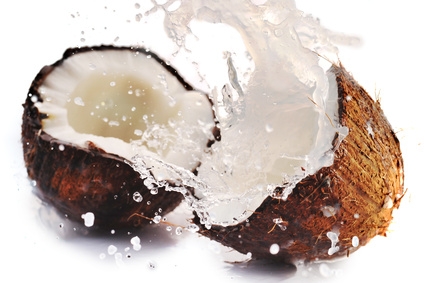- The ultraviolet rays of the sun can bounce off water, sand, ice, snow and other reflective surfaces. A wide-brimmed hat can protect your head, but your face and neck are still at risk from reflected ultraviolet rays.
- The color of your clothes affects the absorption of the sun's rays. Darker clothes absorb the UV rays. Tightly woven fabrics such as denim give better protection than knits, which allow the sun's rays to seep through between the threads.
- Whether your sunglasses are dark or not, they won't stop ultraviolet rays unless the manufacturer's label says they will. They should block 99 percent to 100 percent of all ultraviolet light.
- Having a dark skin color does not protect you from skin cancer. The American Academy of Dermatology recommends that people of all skin colors take precautions against sun exposure.
- About 90 percent of the sun's ultraviolet rays can and will pass through the clouds. Follow sun-protection advice even when the sun isn't shining.
- Proper use of sunscreen is a tricky task. If you normally burn after 20 minutes in the sun, SPF 15 should keep you safe for 15 times that long, five hours.

But sunscreen protection weakens with time, especially on a humid day. Sweating will also weaken its protection. It's best to reapply sunscreen every few hours and right after swimming.
I have long been an advocate of using sunscreen daily. Give me a call to find out which sunscreens I recommend for your skin type and activity level.






